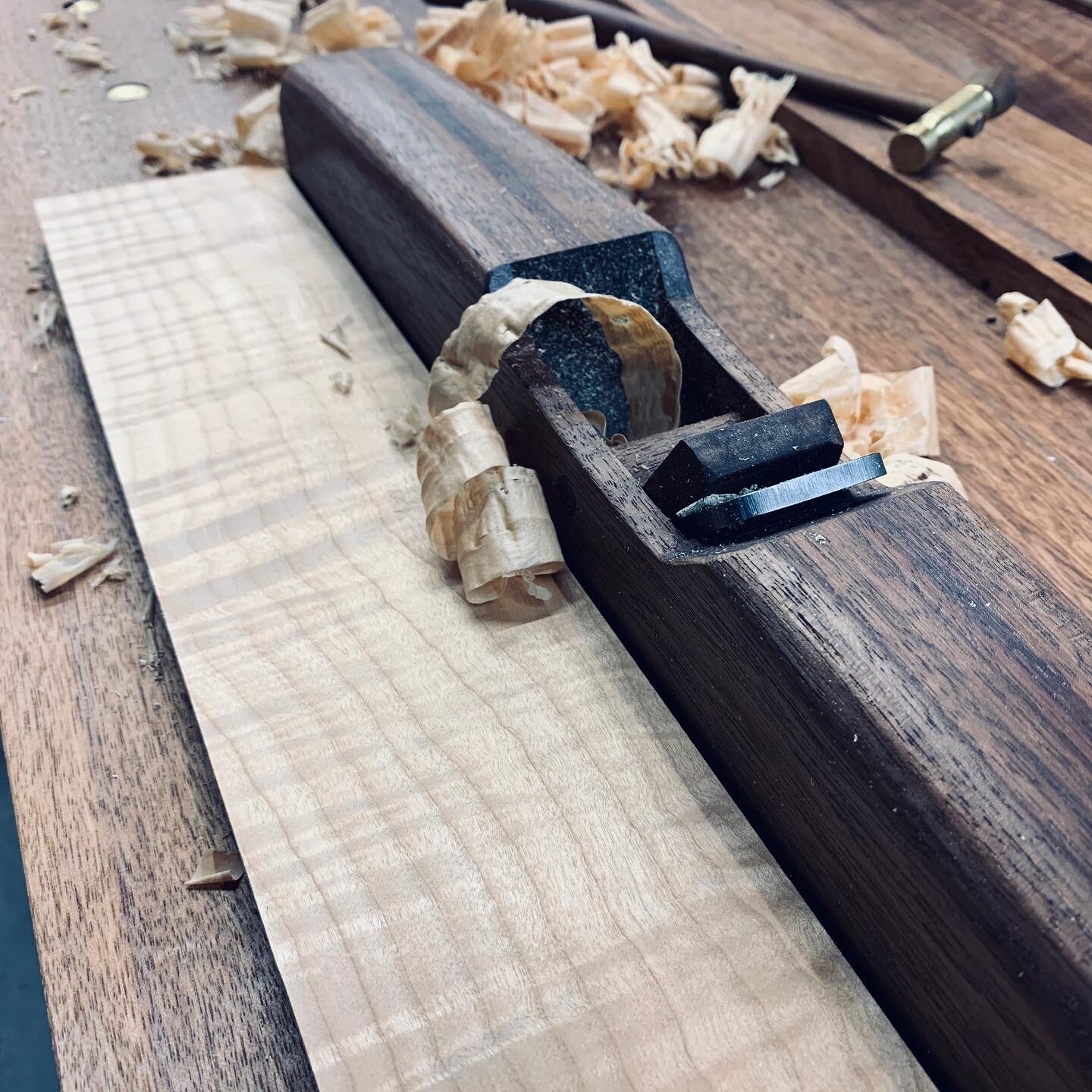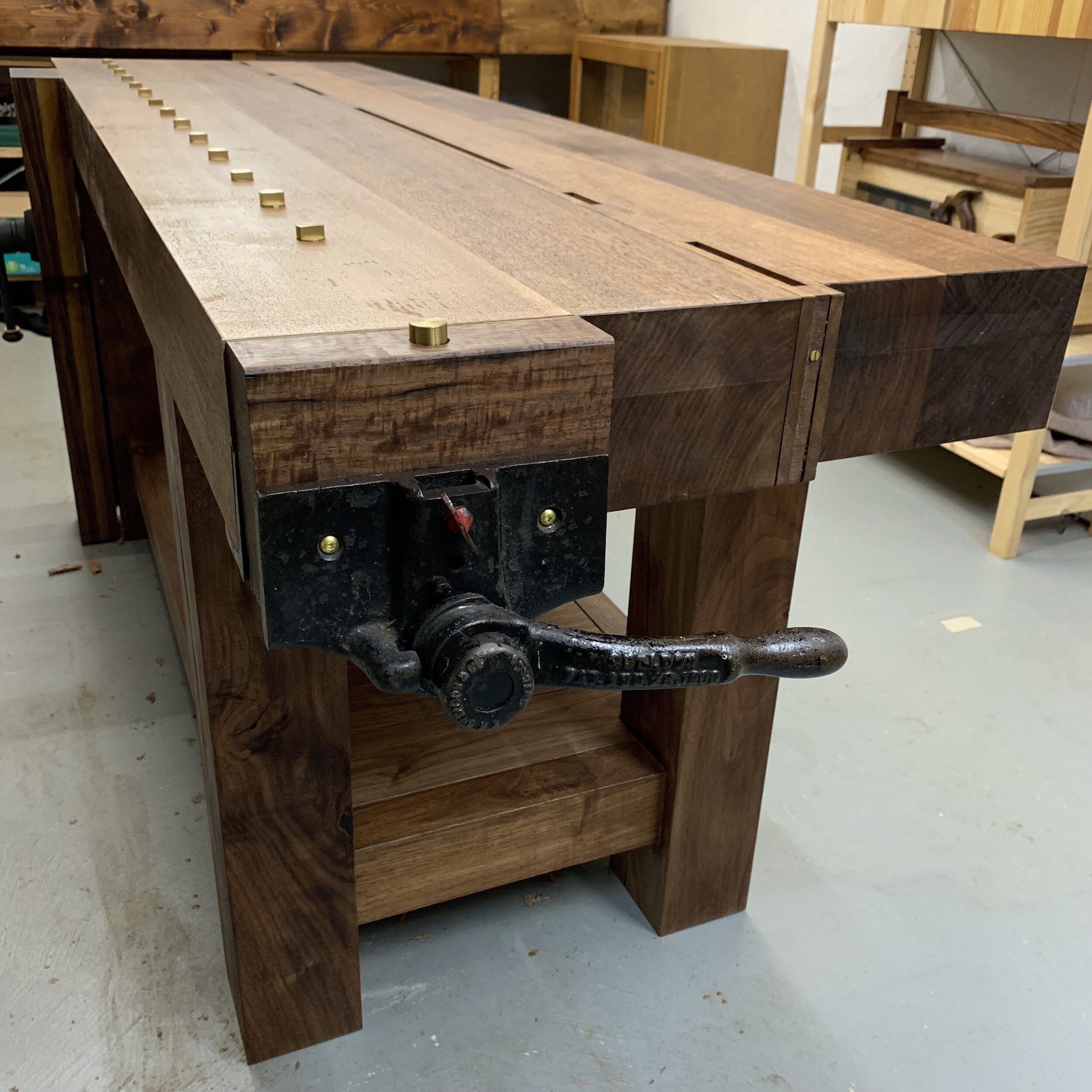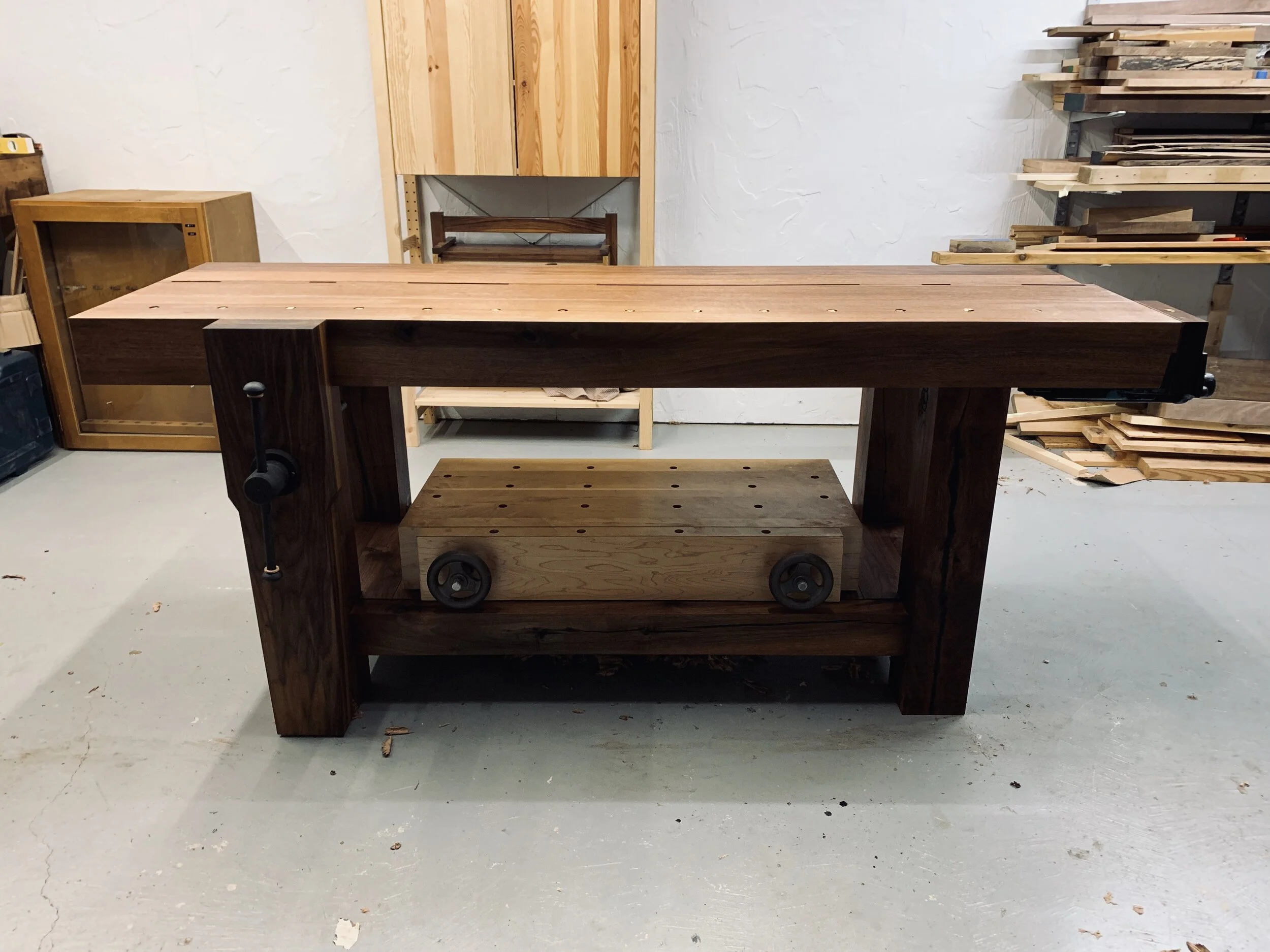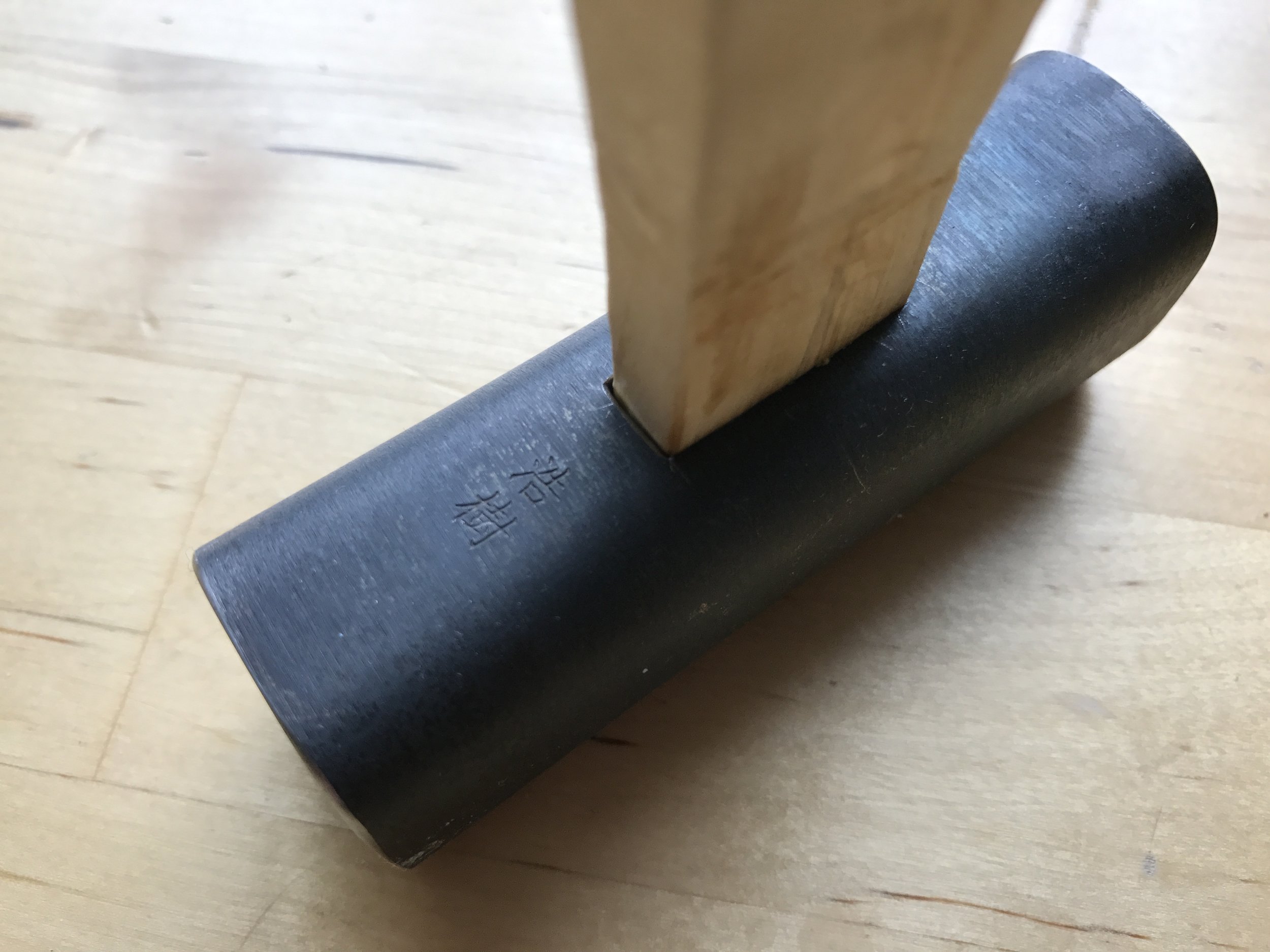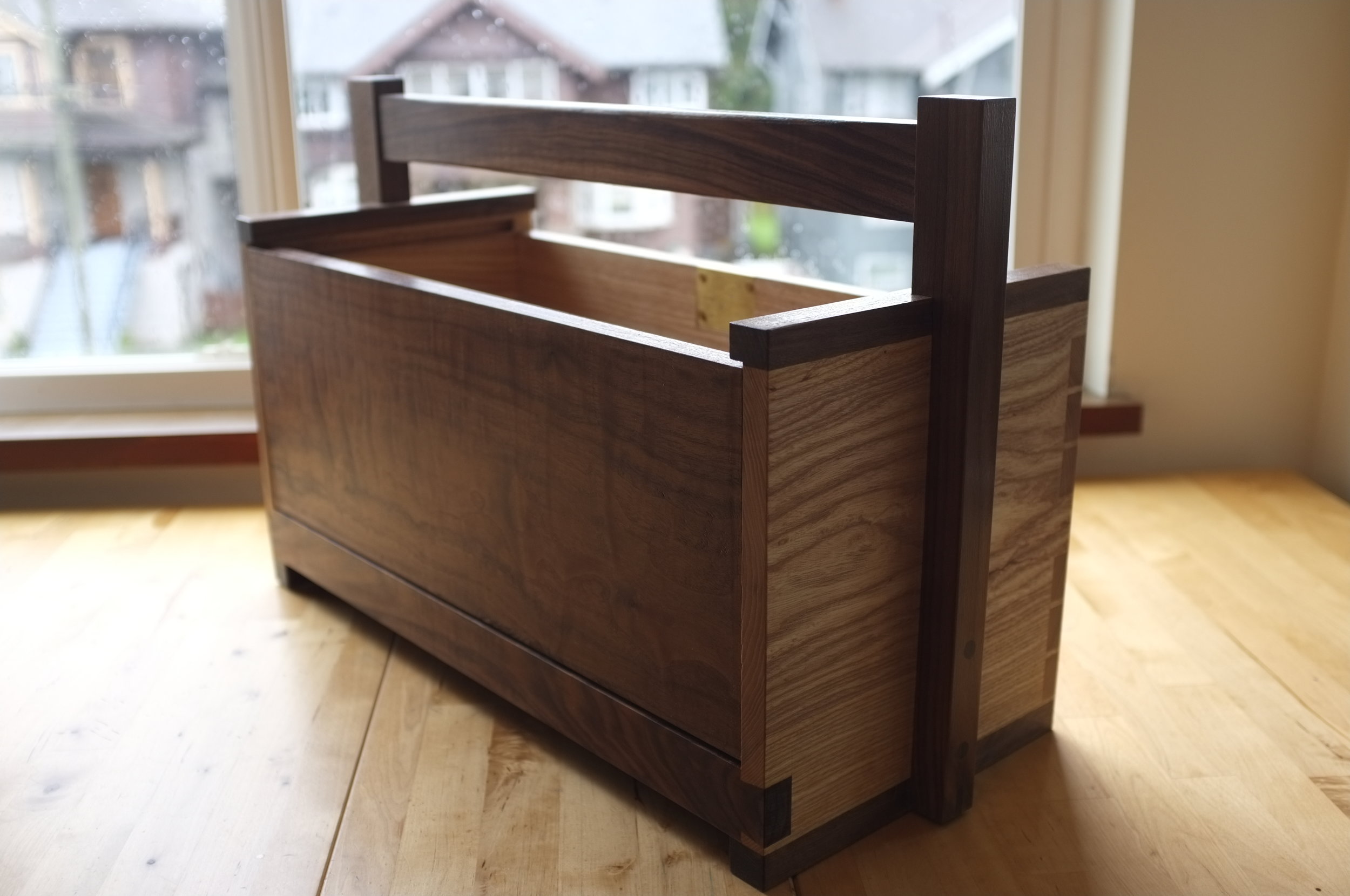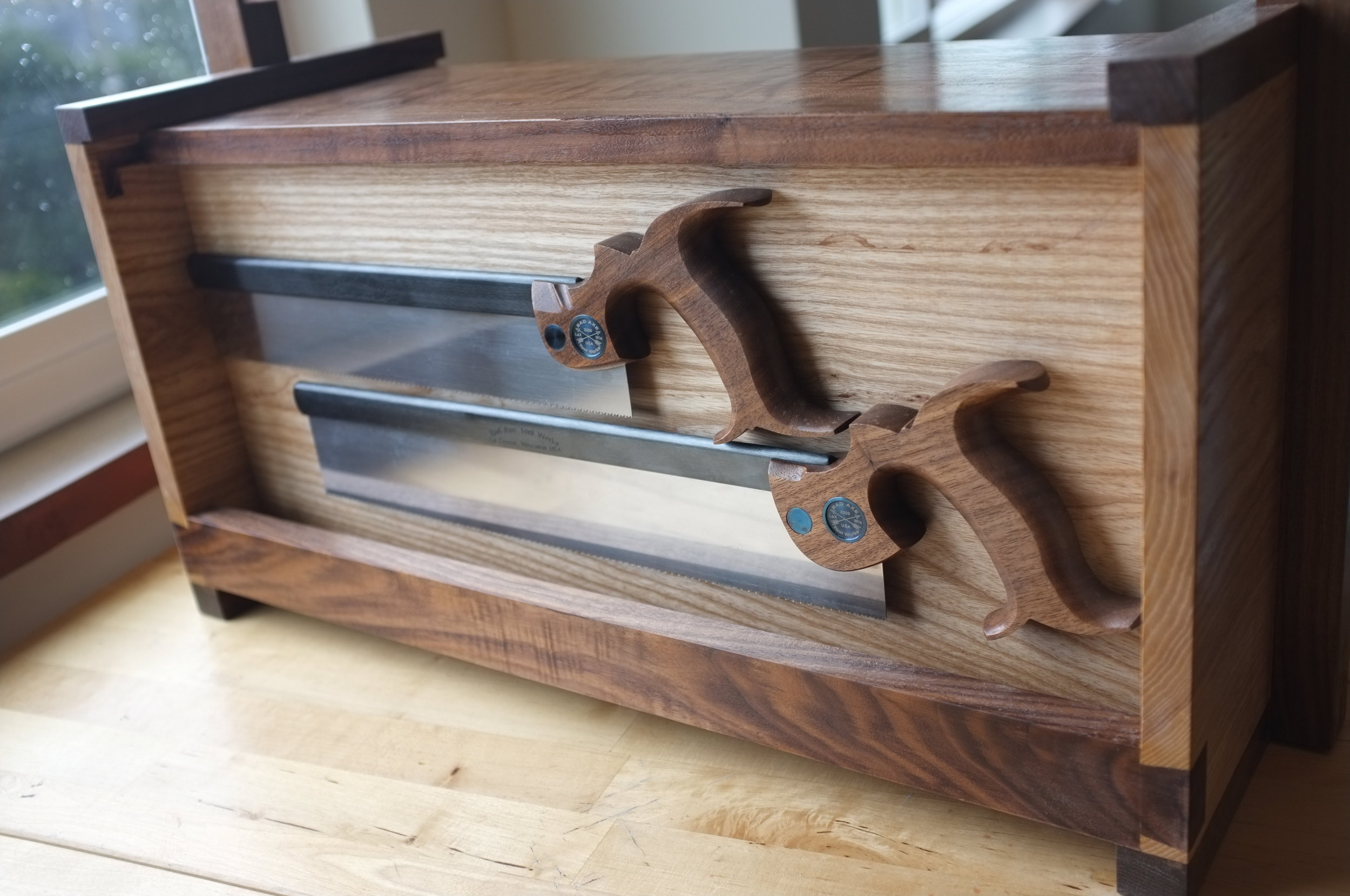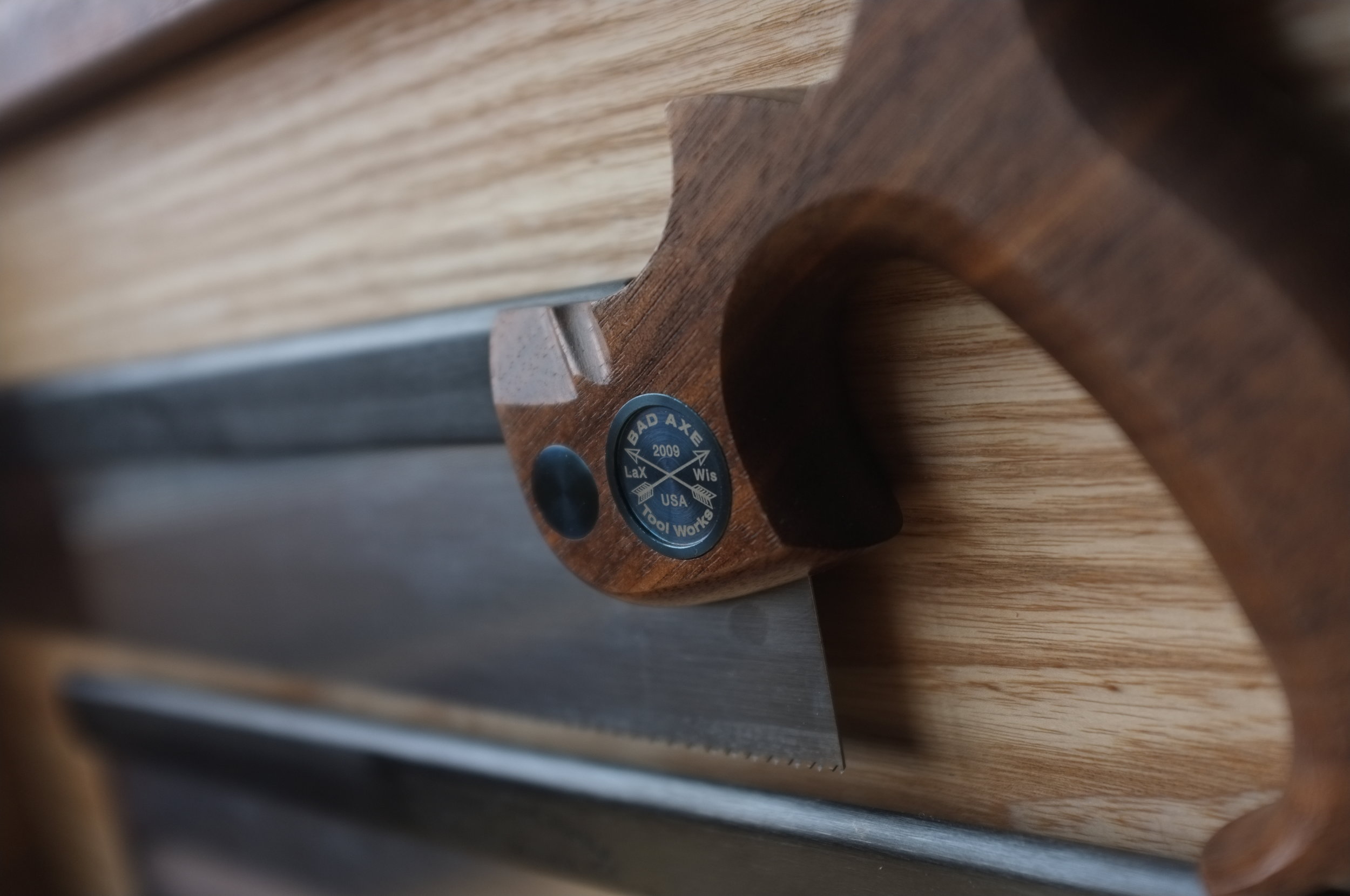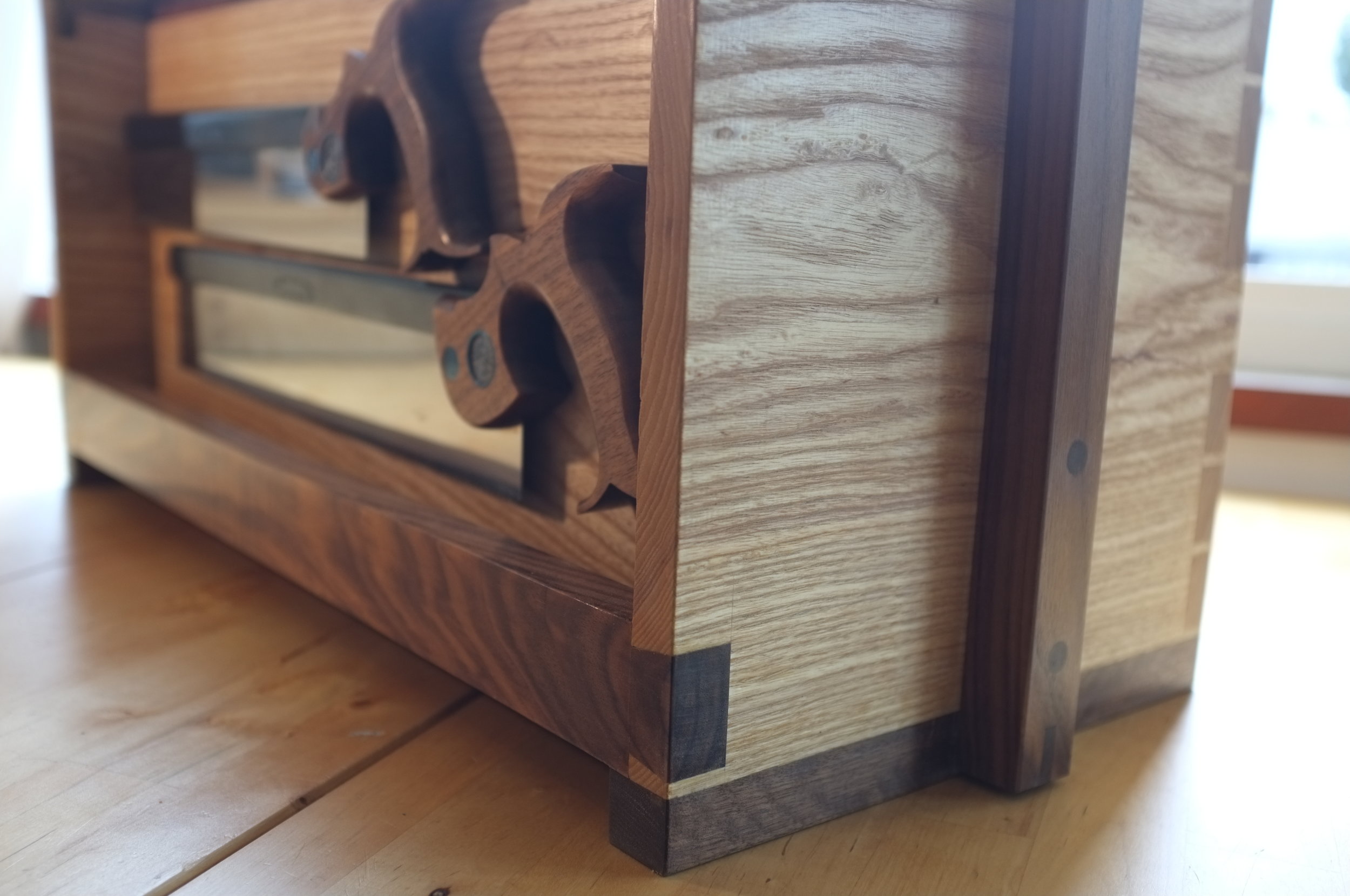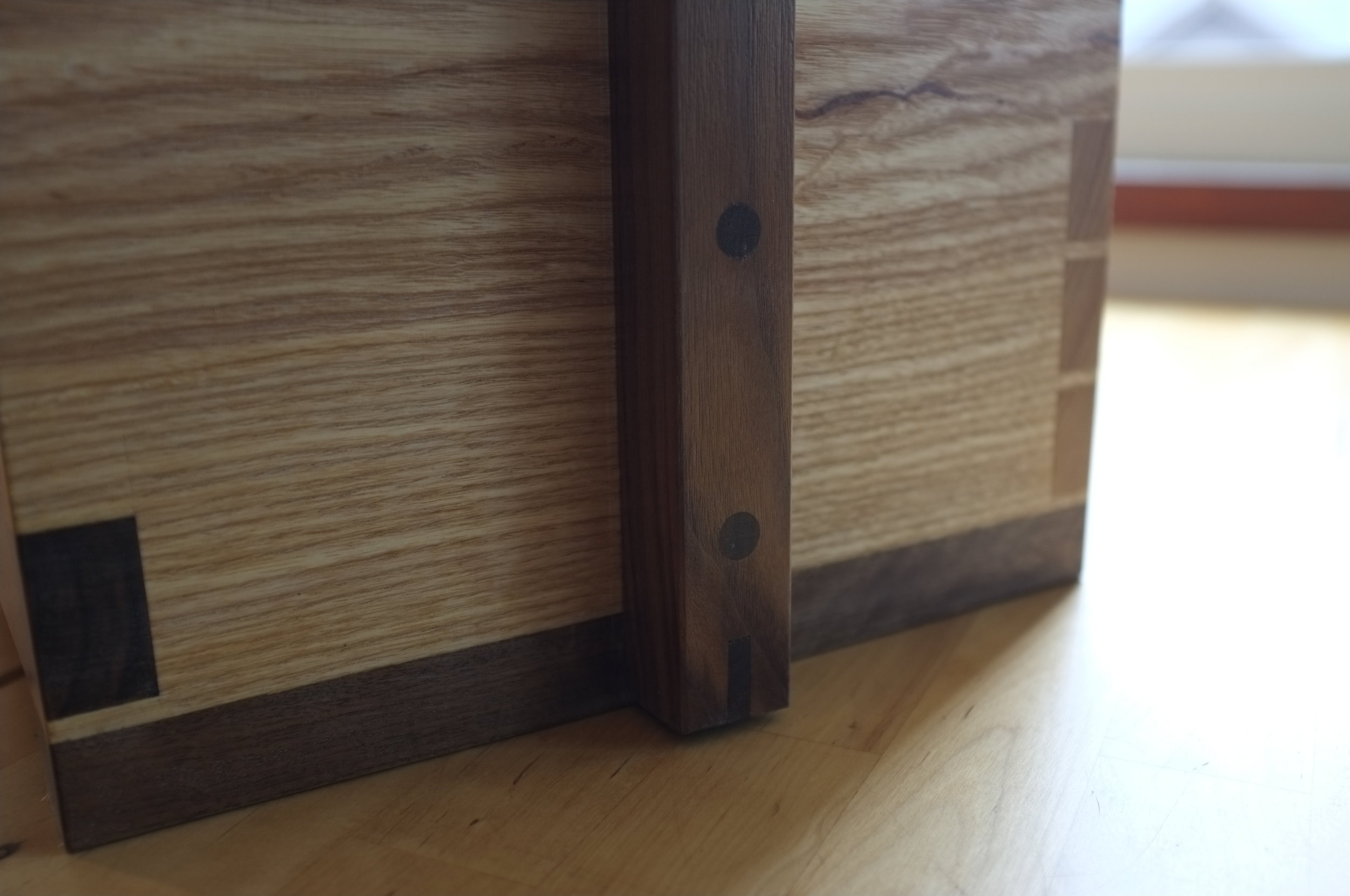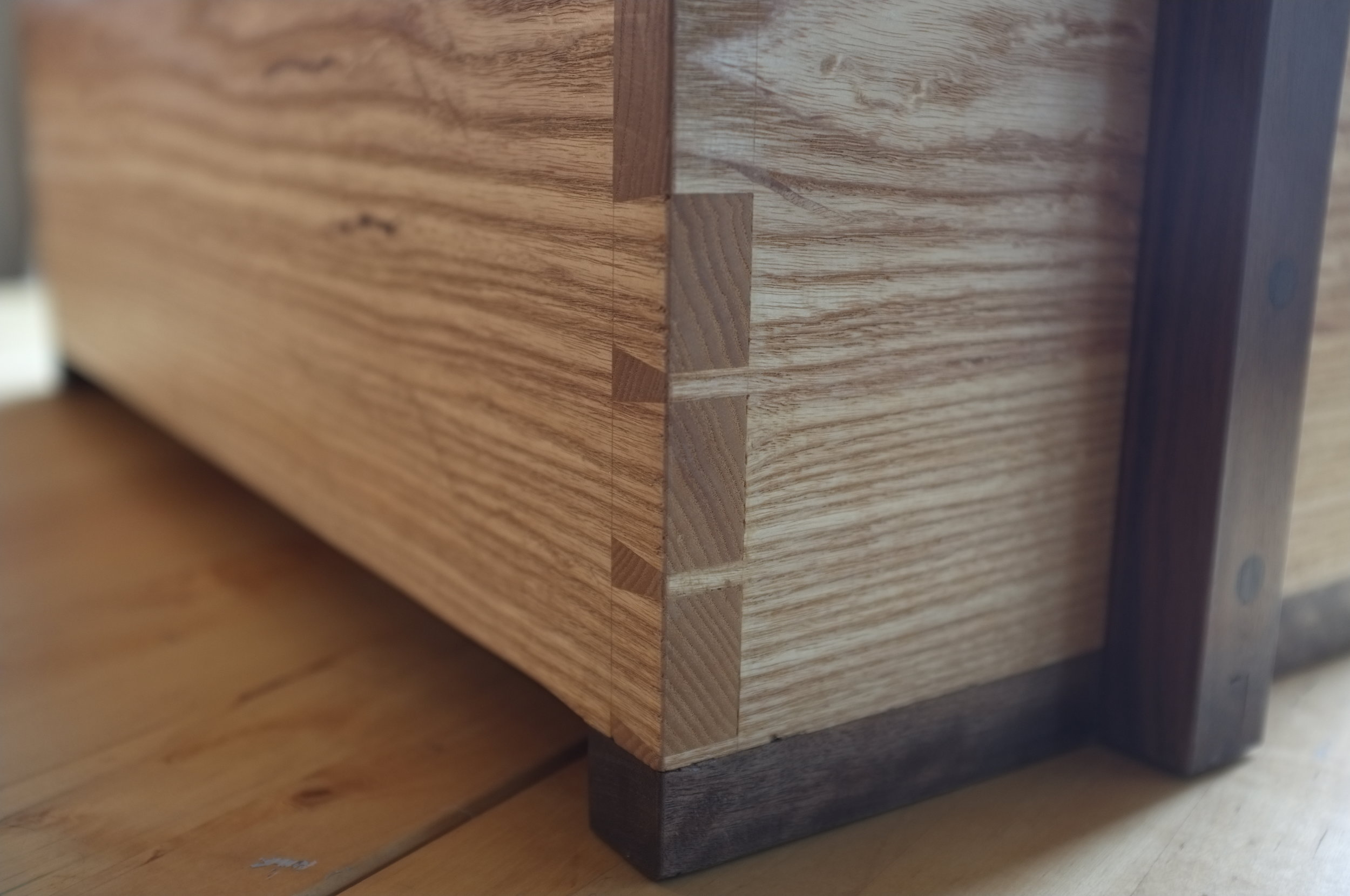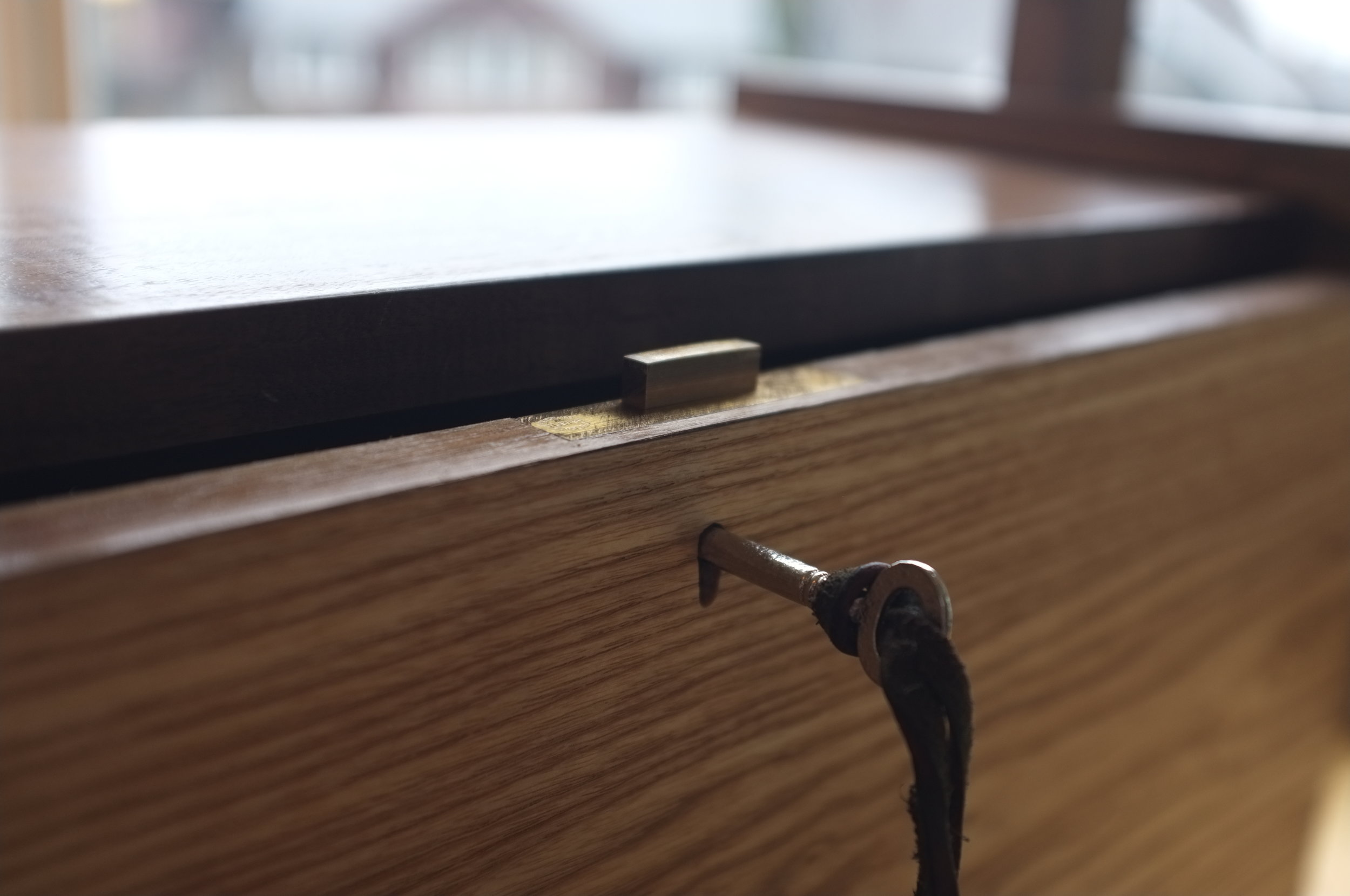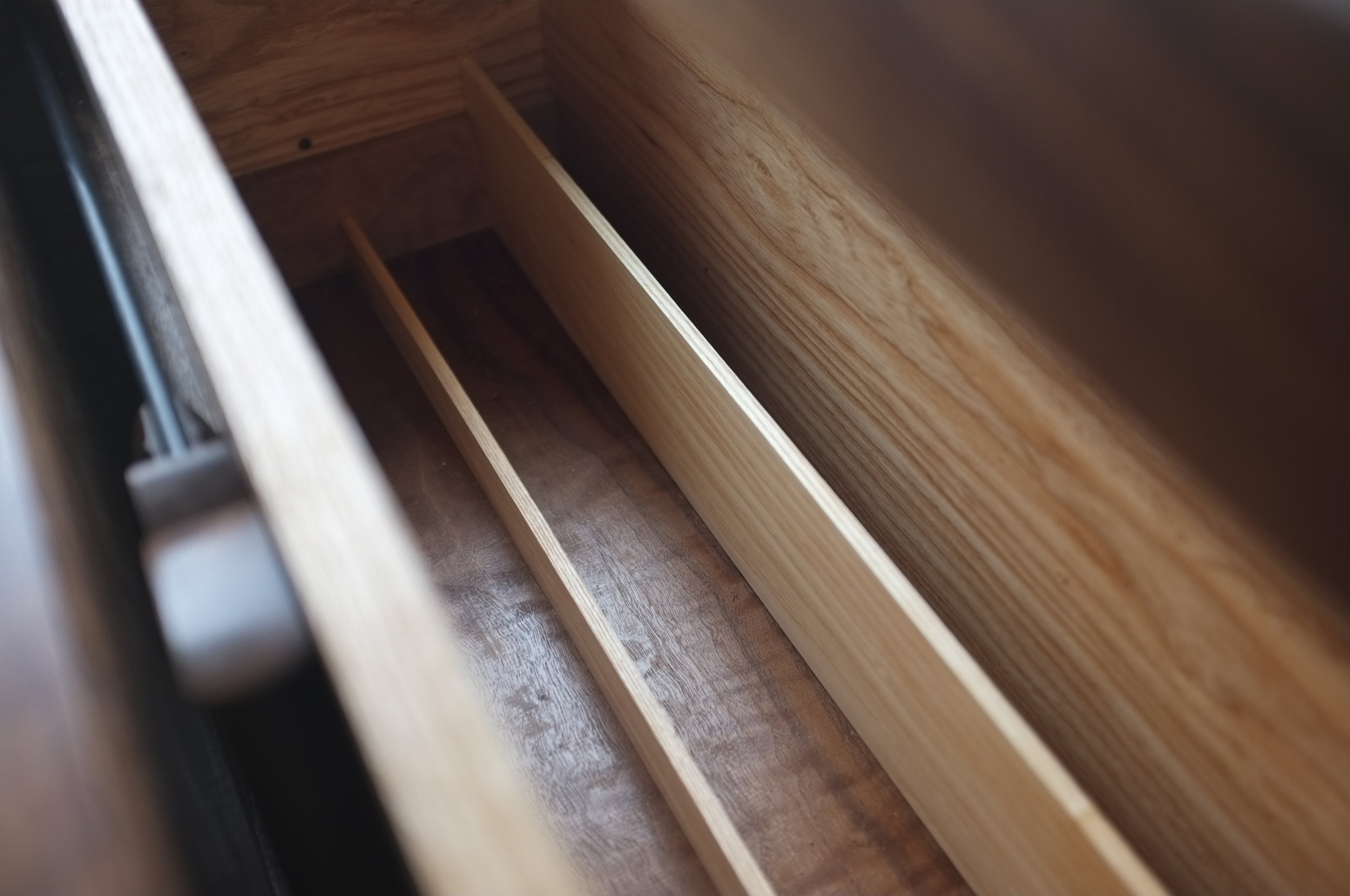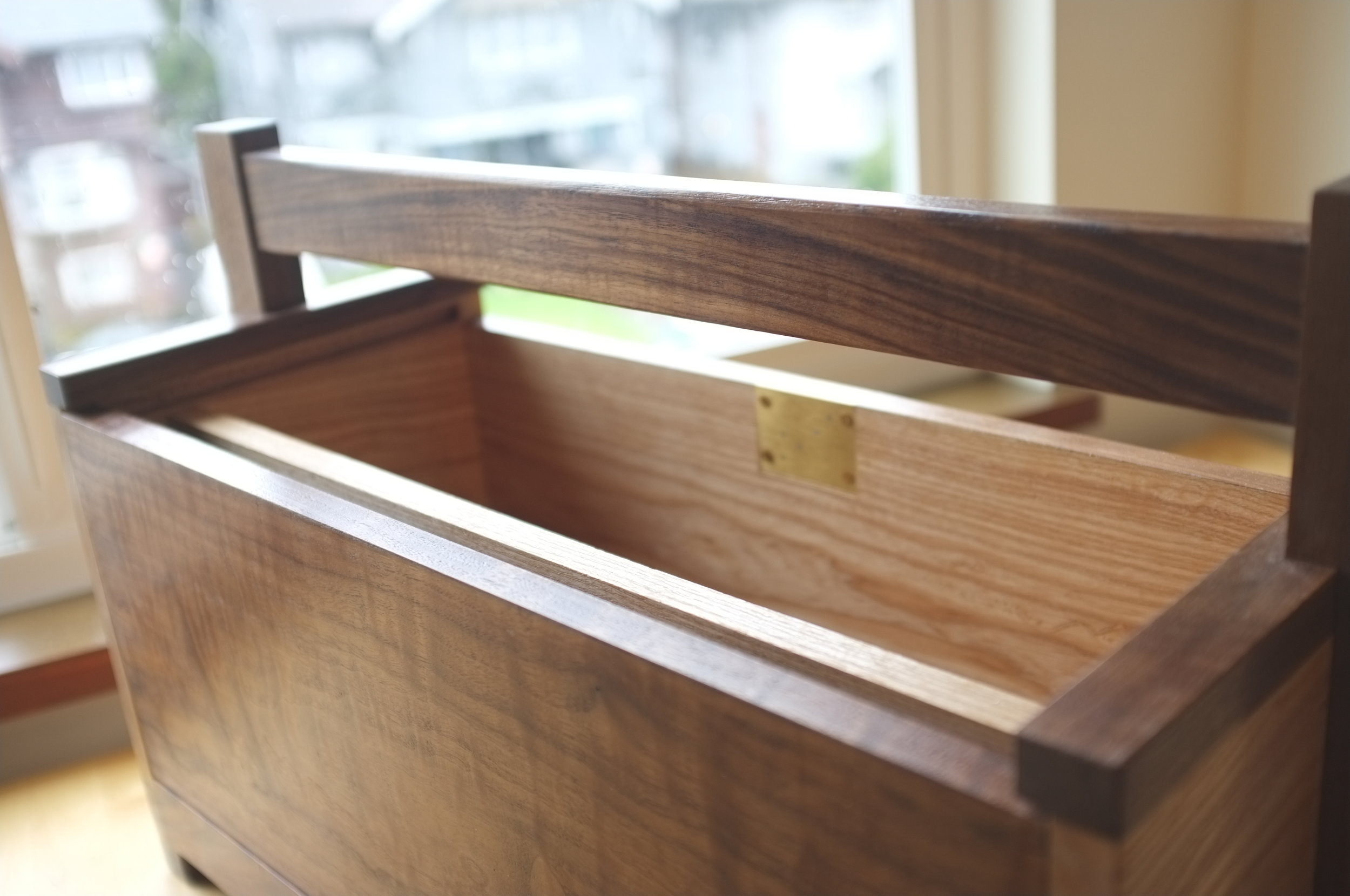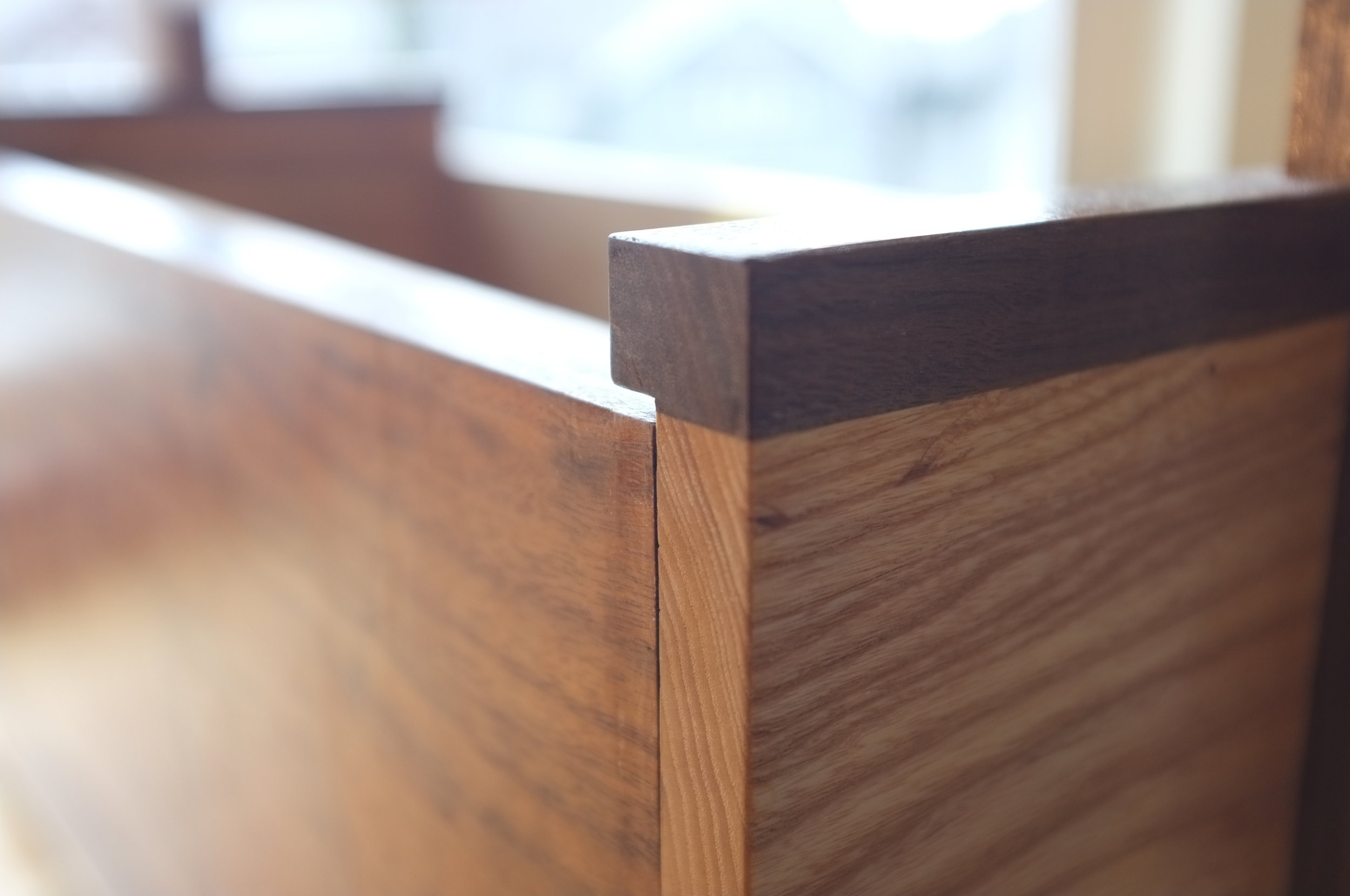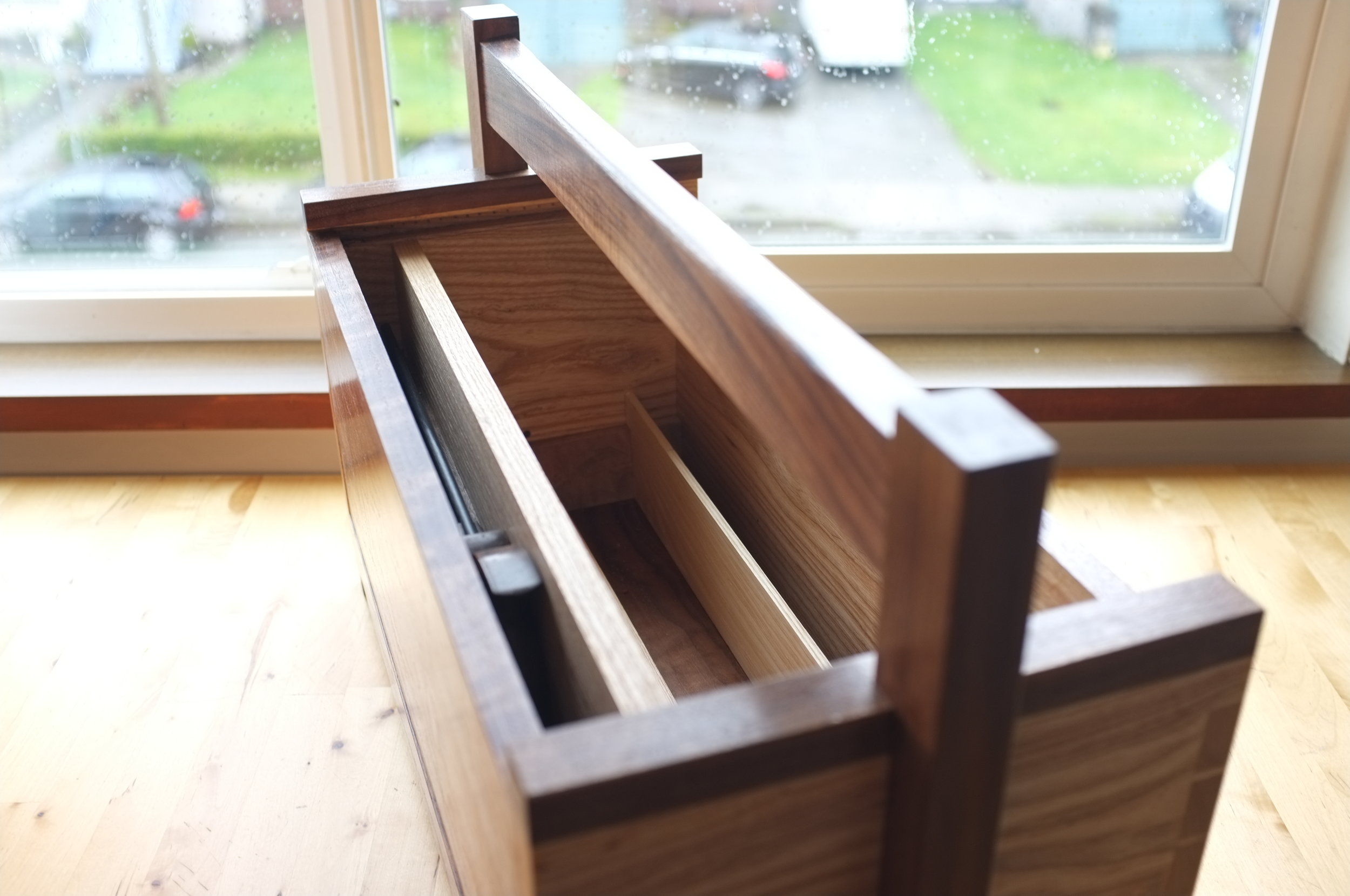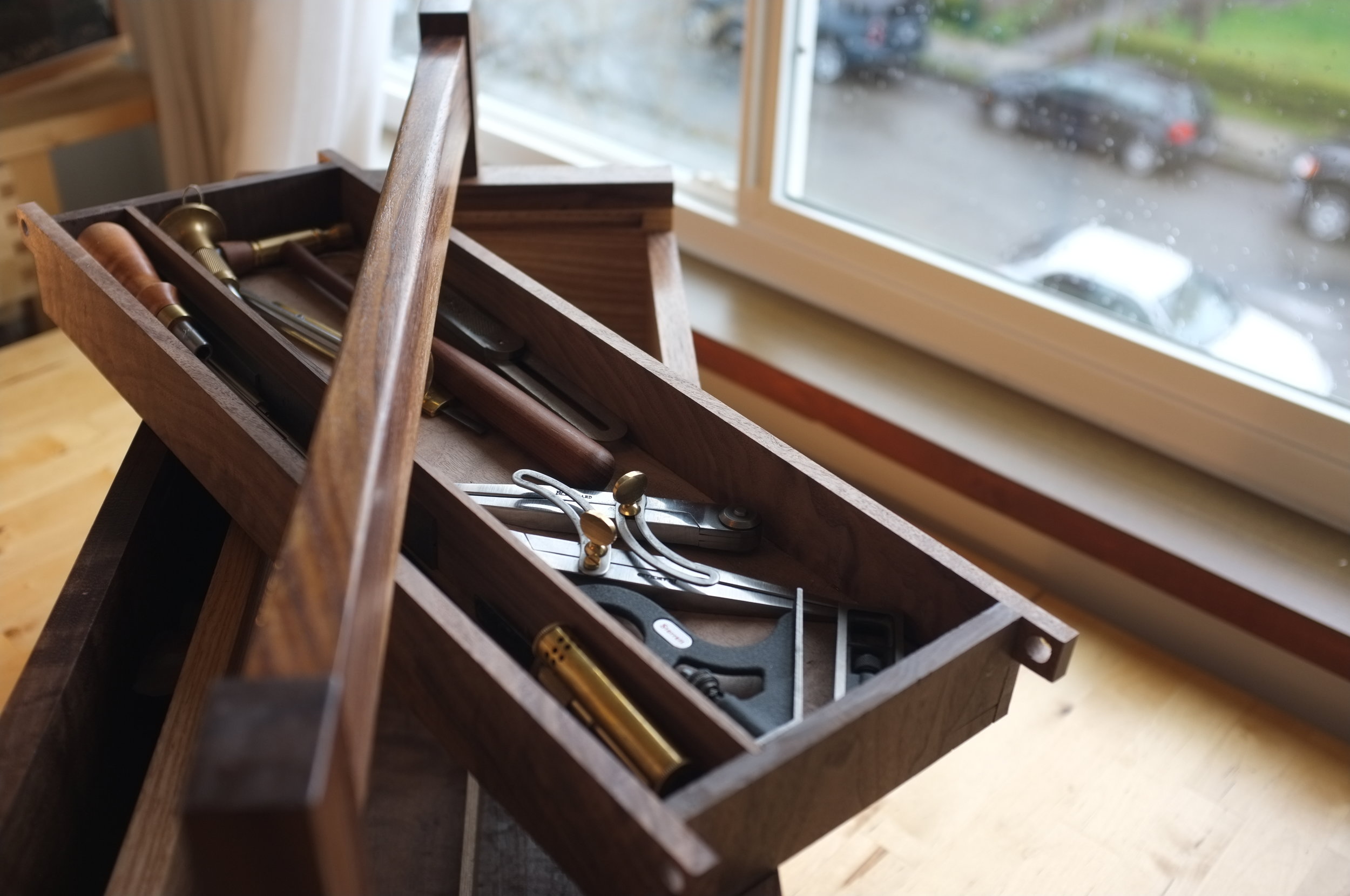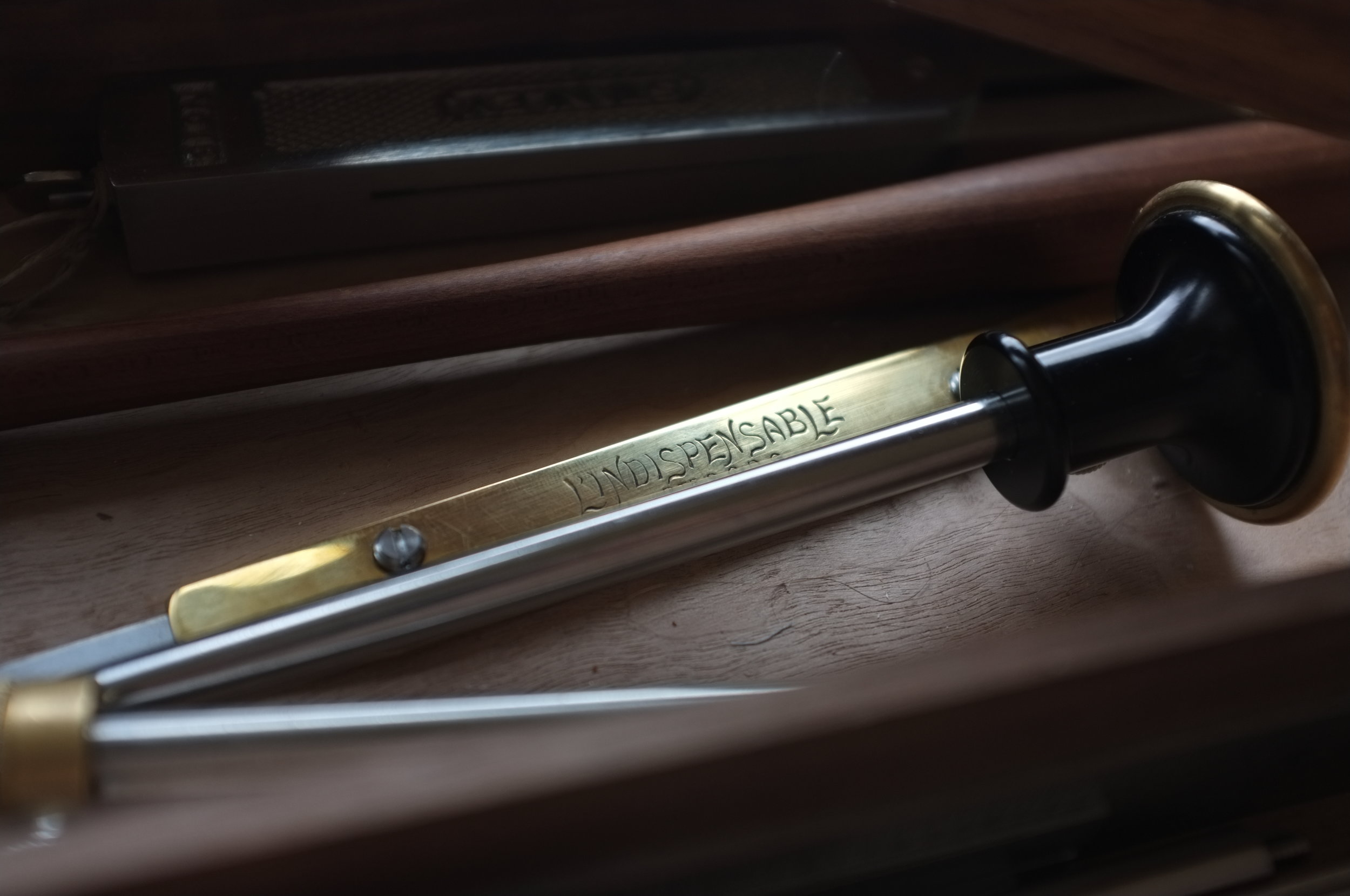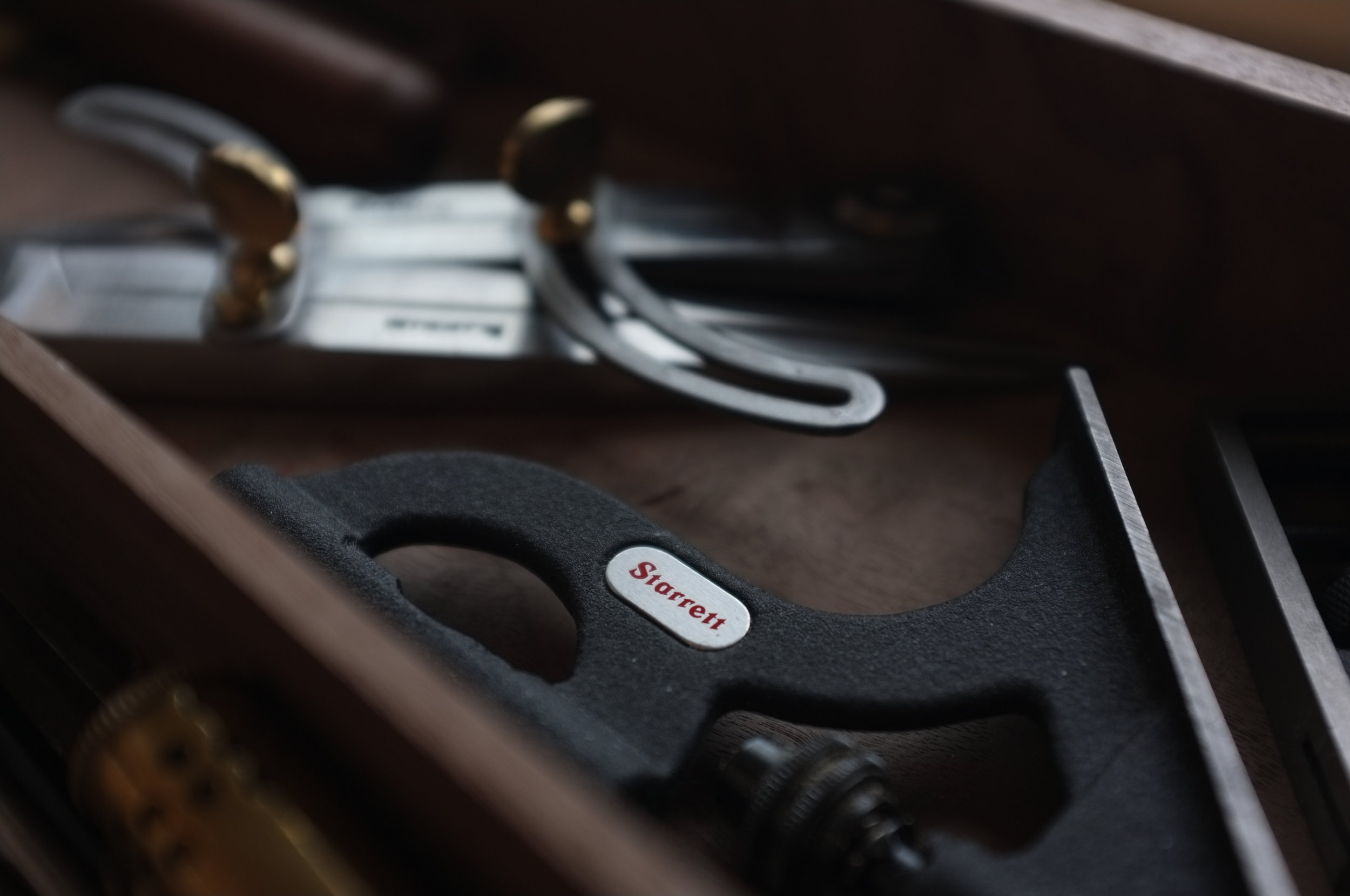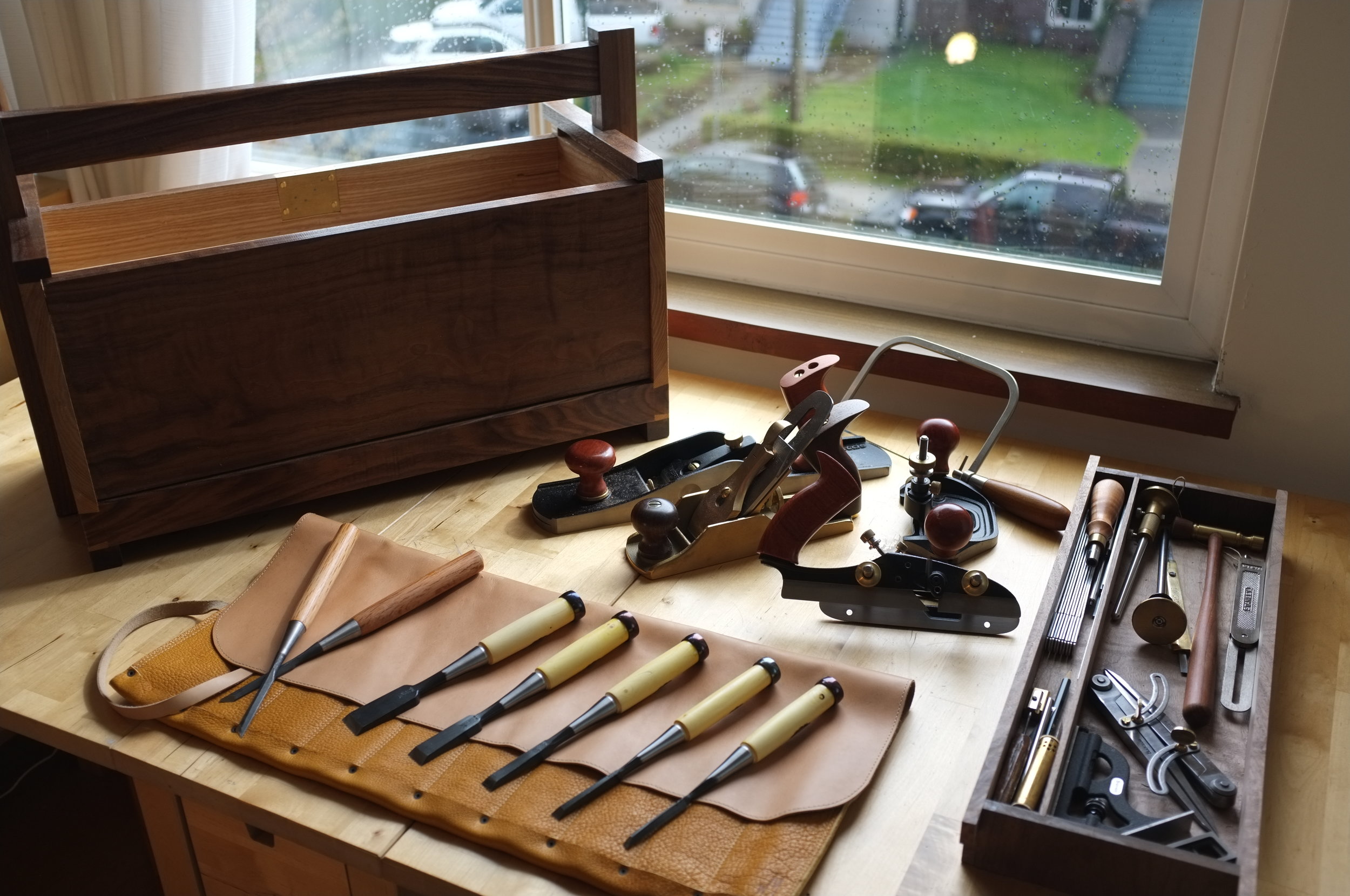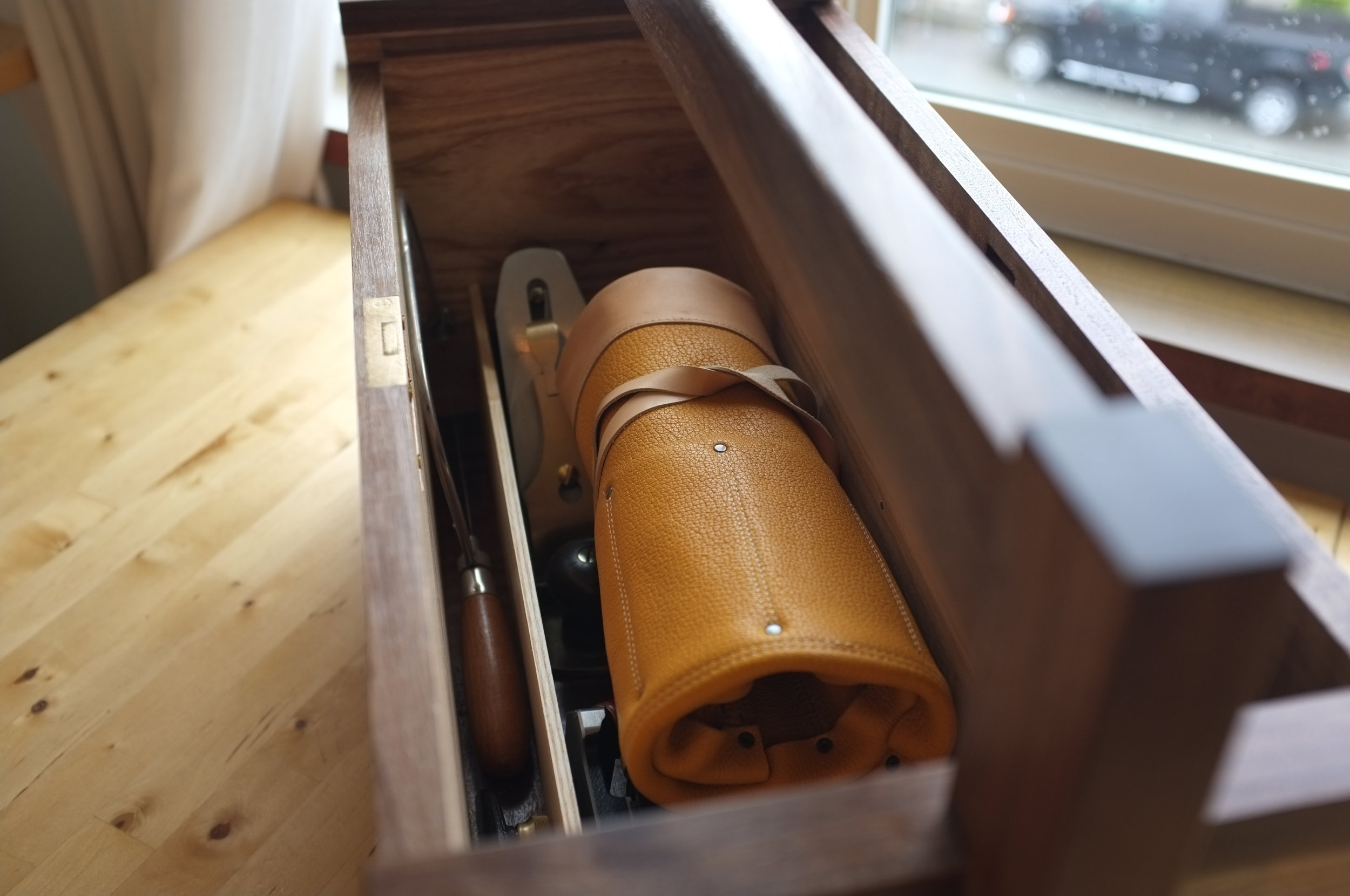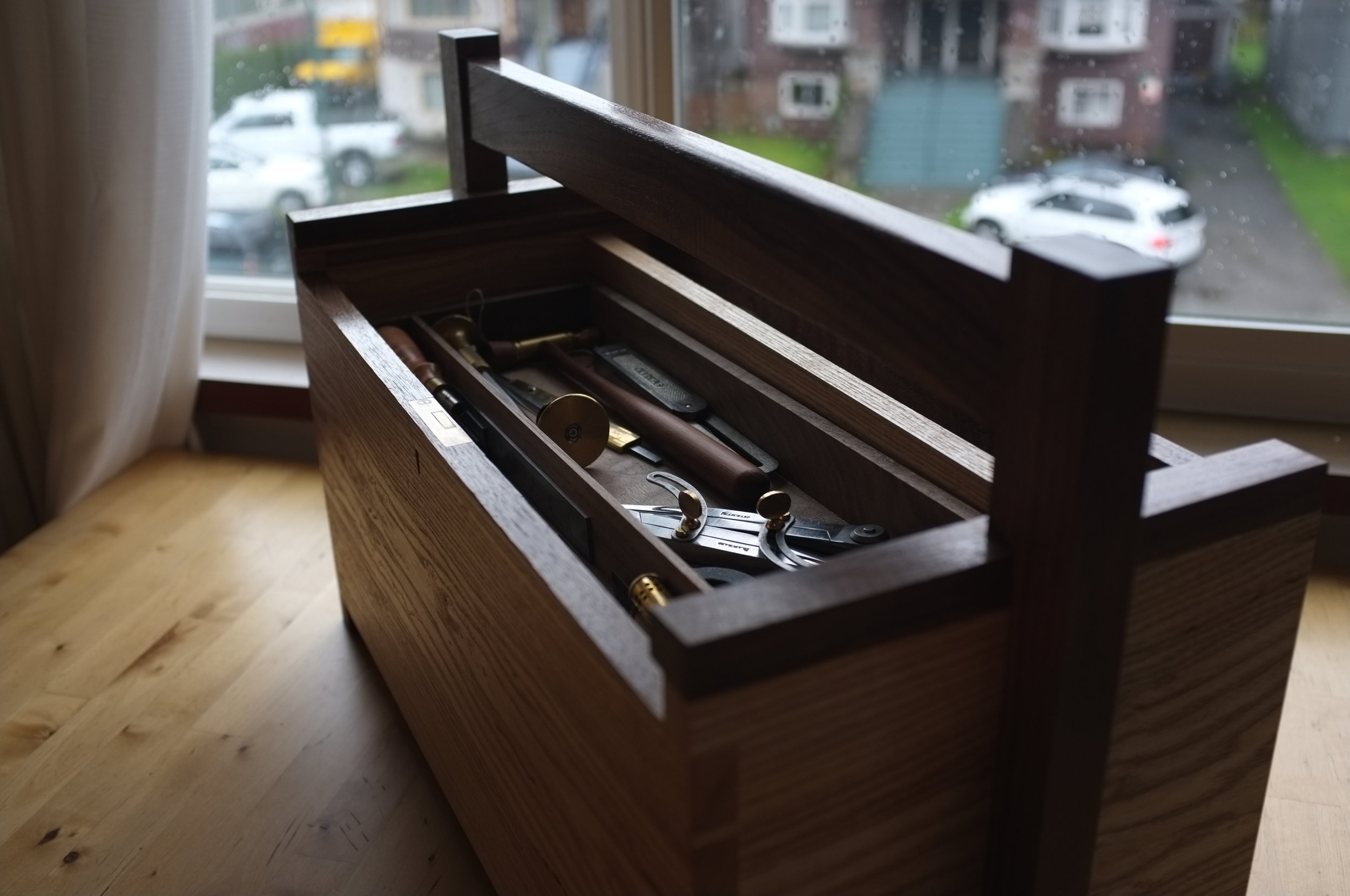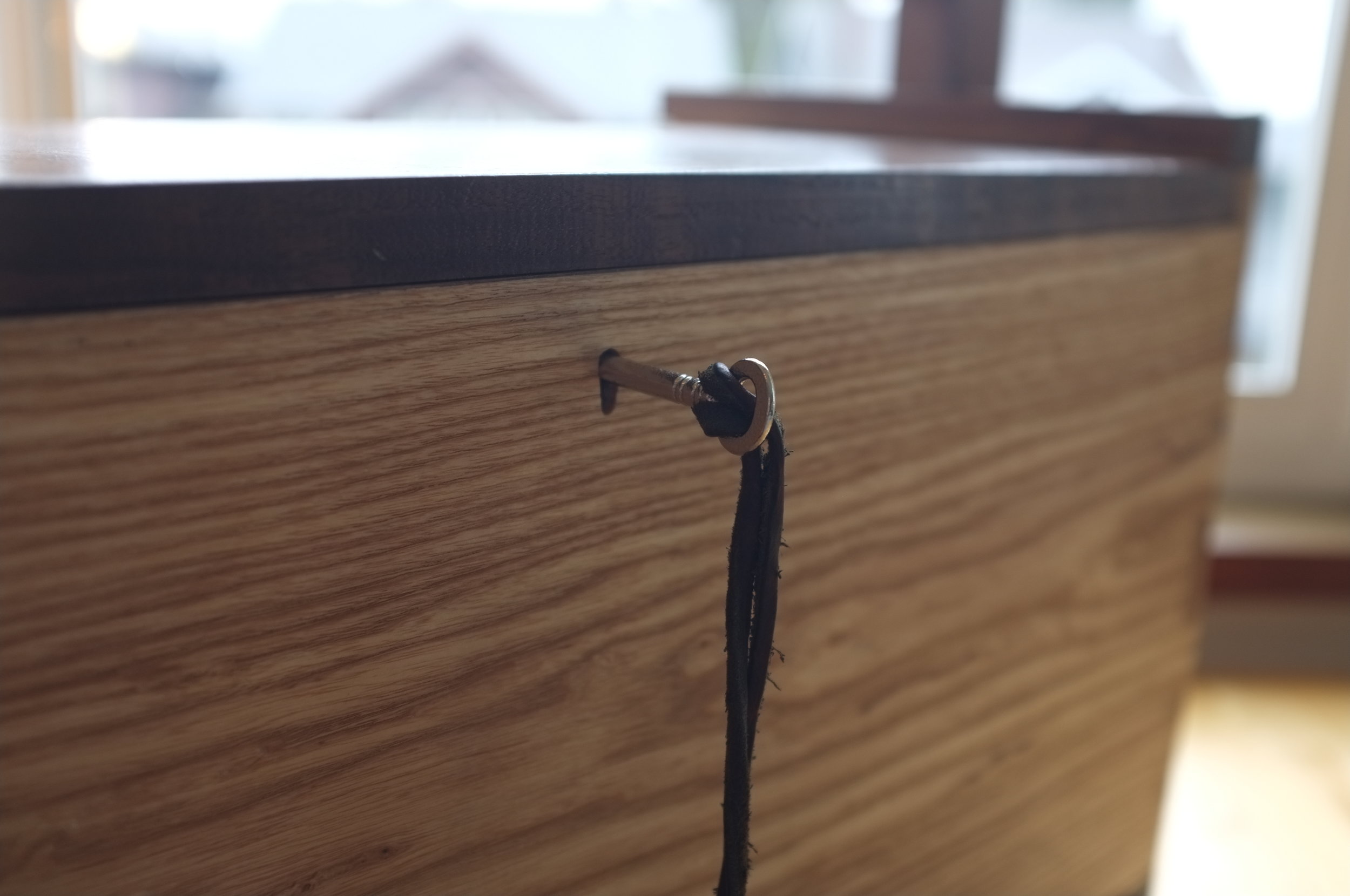It’s easy to cheat yourself out of experiences when woodworking. The crosspin is one of the more difficult parts of building a krenov plane. Some will elect to just use a dowel, others will create a jig and use a plug cutting bit. I tried and failed with a plug cutter multiple times. It’s a fussy setup and I never could get it quite right. This pursuit of efficiency and repeatability came at the cost of developing hand tool skills. Filing square to round and trusting your hand and eye. Took it slow tonight and did it right way, all while listening to an excellent podcast by www.handtoolbookreview.com. Check it out.
X marks the centre spot
Defined the shoulders with 4 quick cuts on the bandsaw.
Slowly taking down the corners
Hard corners, soft edges
Finished the shaping and refined the fit.










